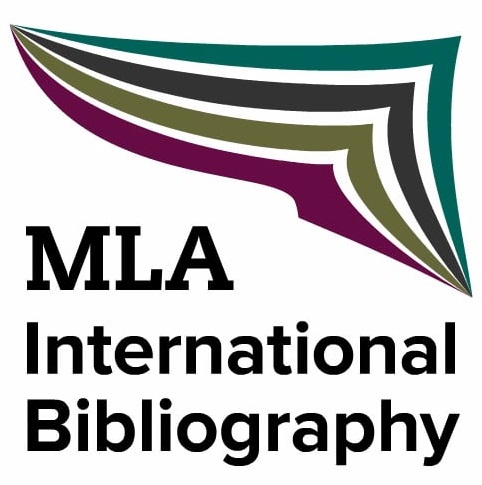“Falling Man” and the Intericonicity of 9/11 Pictures
Visualizing Trauma
DOI:
https://doi.org/10.13135/2281-6658/5909Keywords:
9/11, Novel, Photography, Don DeLillo, Morphology, IntericonicityAbstract
After the attack on the WTC on September 11, 2001, a debate began around its artistic representability: according to some, visualizing the horror was a way of traversing the trauma, while others characterized it as an even crueler sort of violence. Some photographers hesitated to publish their images. Which iconographical forms did they reproduce, challenge, or renew? Did the horror emerge in its bleeding materiality or in its metaphysical essentiality? Did these photos influence the writers who devoted stories to the attack? Examining in particular Don DeLillo’s Falling Man (2007), together with the mimetic capital it faces, this paper reflects on the relationship between the intericonicity of 9/11 pictures and the artistic representability of collective traumas.
Downloads
Downloads
Published
Issue
Section
License
Authors keep the copyrights for their work and give the journal the work’s first publication copyright, which is at the same time licensed under a Creative Commons License – Attribution, which in turn allows other parties to share the work with an acknowledgement of the work's authorship and initial publication in this journal.
Content Licence

You are free to copy, distribute and transmit the work, and to adapt the work. You must attribute the work in the manner specified by the author or licensor (but not in any way that suggests that they endorse you or your use of the work).
Metadata licence

CoSMo published articles metadata are dedicated to the public domain by waiving all publisher's rights to the work worldwide under copyright law, including all related and neighboring rights, to the extent allowed by law.
You can copy, modify, distribute and perform the work, even for commercial purposes, all without asking permission.






